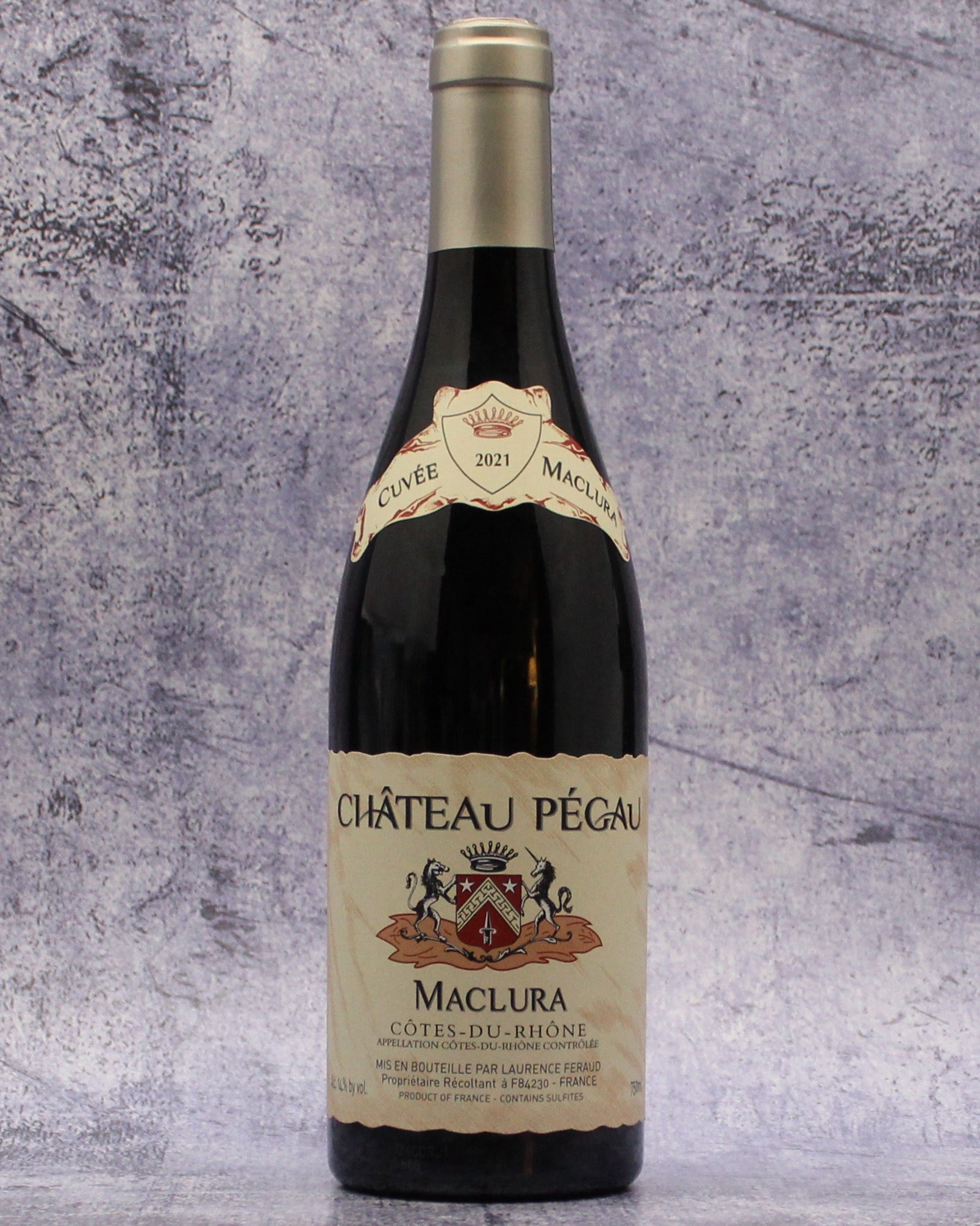Description
From: Sorgues, Rhône Valley, France
Varietal: Grenache, Syrah, Cinsault, Mourvedre
Taste: This medium-bodied wine has a deep, clear garnet hue in the glass. On the nose, it offers a bouquet of dark black fruit, ripe currants, and licorice, which form the core of its aromatic profile. The palate largely follows the aromatic profile layered with notes of blackberry and black cherry, tempered by savory nuances of game and wild herbs. Earthy undertones of forest floor and freshly turned soil add depth, while a medley of baking spices, such as cinnamon, nutmeg, and a touch of allspice, add warmth. A subtle hint of clove lingers in the background, and Faint traces of garrigue. These accents lift the nose, balancing the fruit’s intensity with fresh, aromatic brightness and contributing to its overall spiciness without overpowering the other elements.
Pairing: For traditional pairings, this wine excels alongside hearty classics like coq au vin, slow-roasted leg of lamb with rosemary and garlic, or a rustic wild boar ragù served over pappardelle. It’s also a delightful companion to a simple yet flavorful herb-roasted chicken, where the wine’s herbal and earthy nuances enhance the dish’s crispy, golden skin and succulent meat.
For an Asian-inspired pairing, consider Peking duck or a five-spice lamb stir-fry. The wine’s dark fruit and spice profile complements the sweet-savory notes and aromatic spices often found in these dishes.
When it comes to American holiday celebrations, this wine is a beautiful match for Thanksgiving turkey with herb stuffing, as the wine’s herbal qualities and medium body elevate the flavors of the bird and its accompaniments. Similarly, it pairs excellently with Christmas glazed ham, whose dark fruit and subtle spiciness reflect the dish’s sweet and savory notes.
Roast Leg Of Lamb
By Molly O'Neill
About: The Féraud family, whose winemaking lineage stretches back over 350 years. Located in Sorgues, just a short distance from the famed vineyards of Châteauneuf-du-Pape, Château Pegau is an estate that marries historical reverence with modern excellence, producing wines that are as storied as the land they come from.
The Féraud family’s roots in the Rhône Valley date back to 1670, when their ancestors began cultivating vines in Châteauneuf-du-Pape. For generations, the family sold their grapes to local cooperatives, a common practice for growers in the region. It wasn’t until the mid-20th century that Paul Féraud took the transformative step of bottling and marketing his wine under the family’s name. In 1964, he began producing approximately 5,000 bottles annually, a bold move that would set the stage for the family’s rise as one of the Rhône’s preeminent winemaking dynasties.

